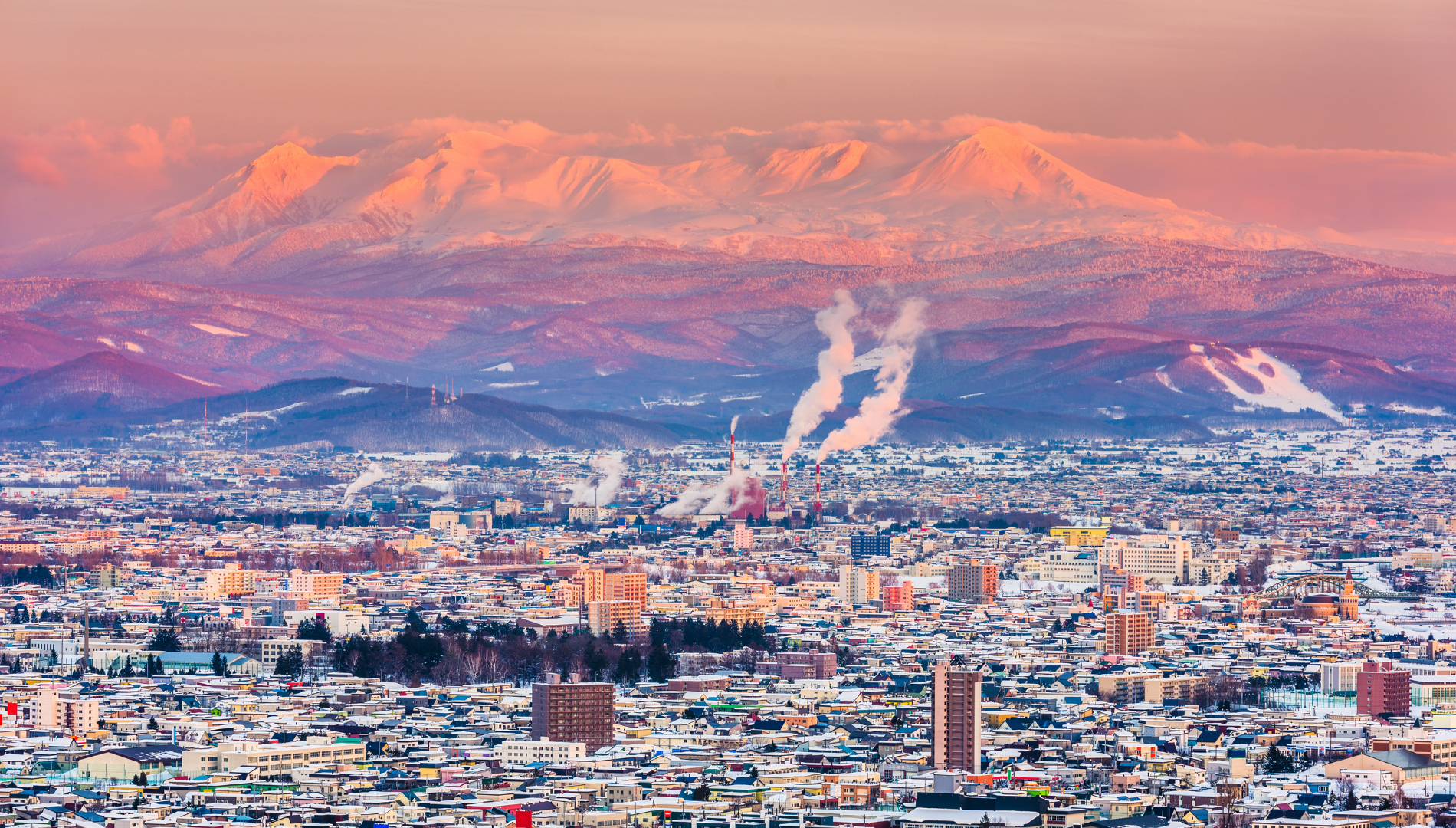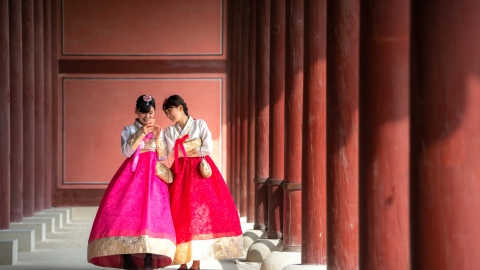These last days of the year, when the Christmas and New Year atmosphere is bustling and approaching everywhere, in Japan, Winter has also touched every person and shown its presence everywhere.
Winter in Japan usually starts from December to the end of February of the following year. The weather is very cold, most regions of Japan have snowfall with an average temperature of 2°~12°. Hokkaido is considered the coldest place with the most snowfall, with an average temperature of about -4°. This is also the season of winter light festivals, snow festivals, skiing or unique local culinary culture.
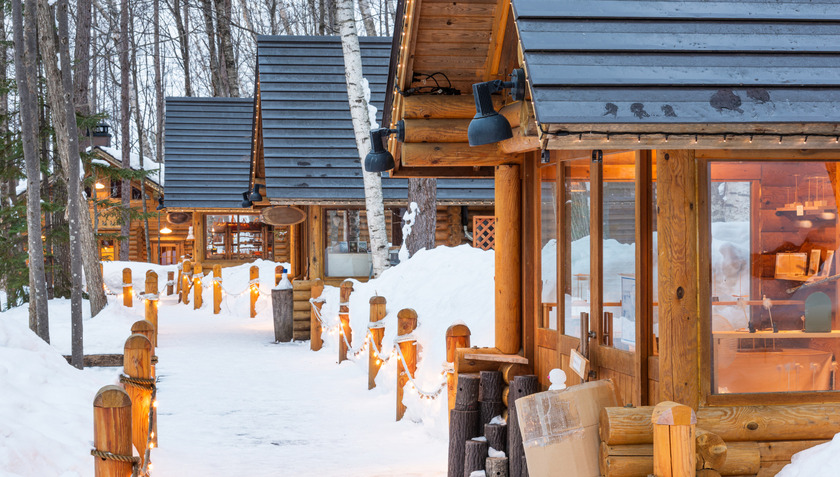
Japan is now covered in pure white snow.
Japan in winter is not only a destination, but also an emotional journey that takes visitors into the world of peaceful and romantic beauty. Therefore, traveling to Japan in winter is always a "hot" journey and you cannot miss the following activities when coming to Japan in winter.
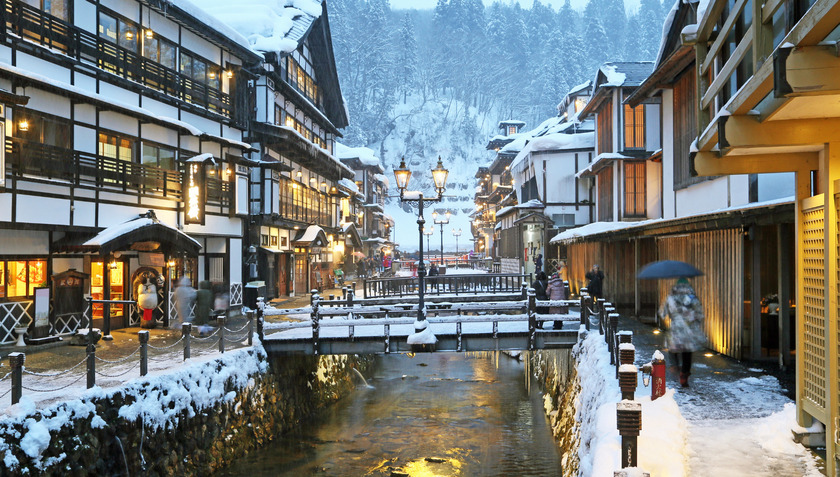
Winter in Japan starts from December to February of the following year. Except for the subtropical region of Okinawa.
Take a photo to "check-in" at the ancient village of Shirakawa
With its ancient and peaceful beauty, Shirakawa will captivate your mind from the very first moment. Separated by high mountains, Shirakawa is a beautiful small village with thatched huts, gingerbread and unique culture.
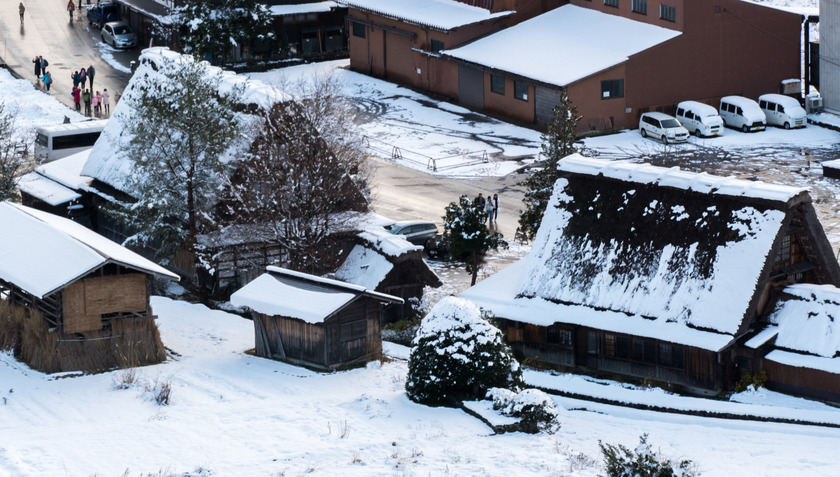
Shirakawago ancient village is in the TOP of the oldest villages in Japan. It was recognized by UNESCO as a World Cultural Heritage in 1995 with unique Gassho Zukuri architecture with a history of up to 300 years.
The pristine white beauty of Shirakawa in winter will make you unable to leave. This is also a paradise for photography enthusiasts.
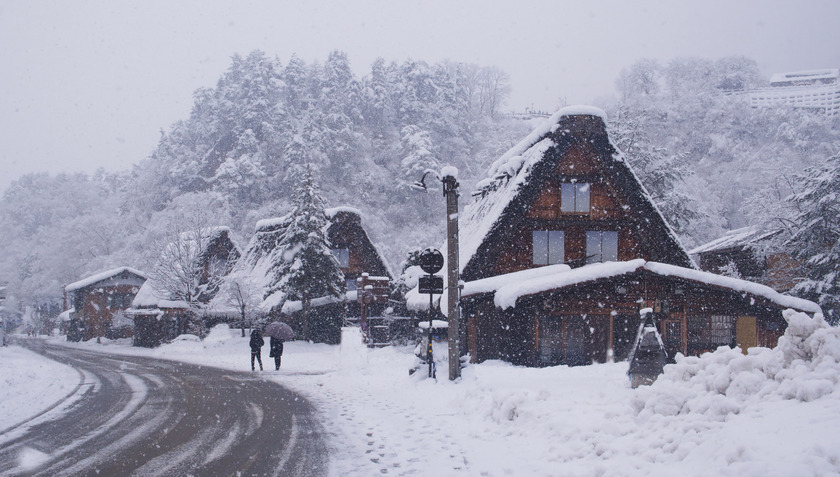
Shirakawago in Japanese means “White River Village” - the village of white rivers
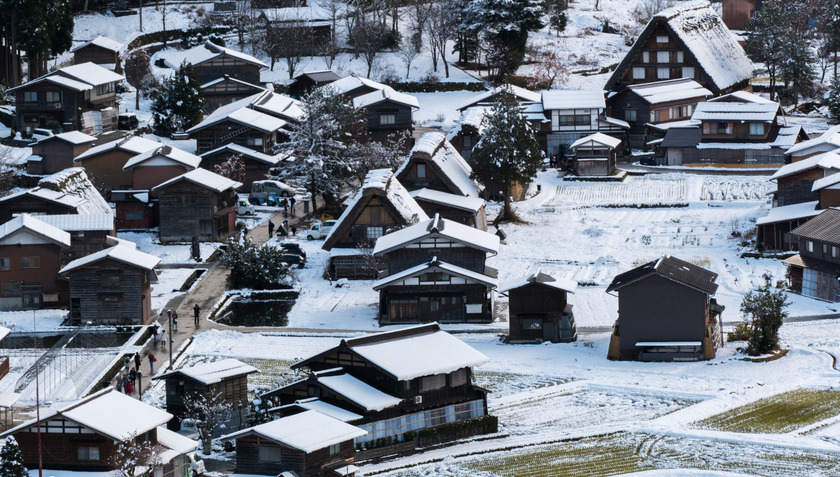
This place is covered with thick snow when winter comes.
Experience hot springs in Japan
One of the typical cultural features of Japan is bathing in hot springs, which in Japanese means Onsen. In the past, the habit of bathing in Onsen was a pastime reserved only for the nobility, but today it has become popular everywhere in this land of the rising sun. You will never feel how wonderful the winter here is if you have not once soaked in the warm water to rest and relax.
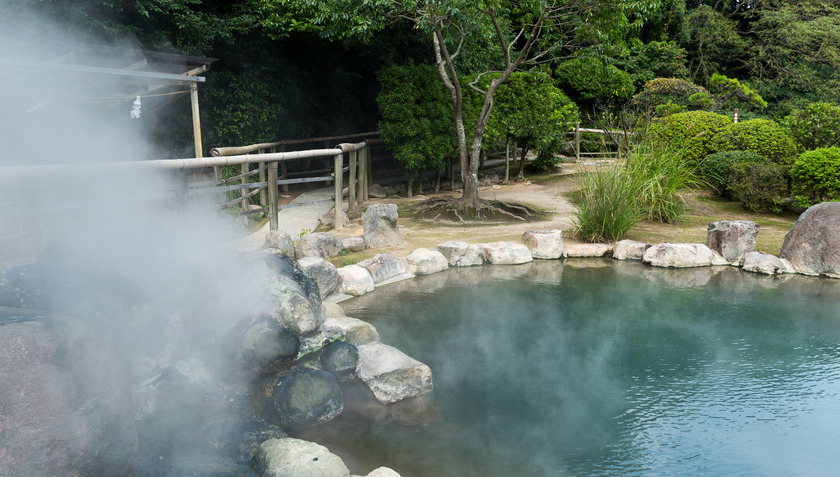
Onsen are natural hot springs found all over the island nation. Japan is located right on the Pacific Ring of Fire, so it's no surprise that the country has more than 25,000 hot springs.
Bathing in hot springs brings many benefits to our health such as increasing body temperature to help kill disease-causing bacteria, promoting metabolism to help digestion, increasing blood circulation, eliminating toxins, helping reduce bone and joint diseases, limiting skin diseases... Some famous hot springs in Japan are Yufuin, Hakone, Kusatsu, Arima, Shibu...
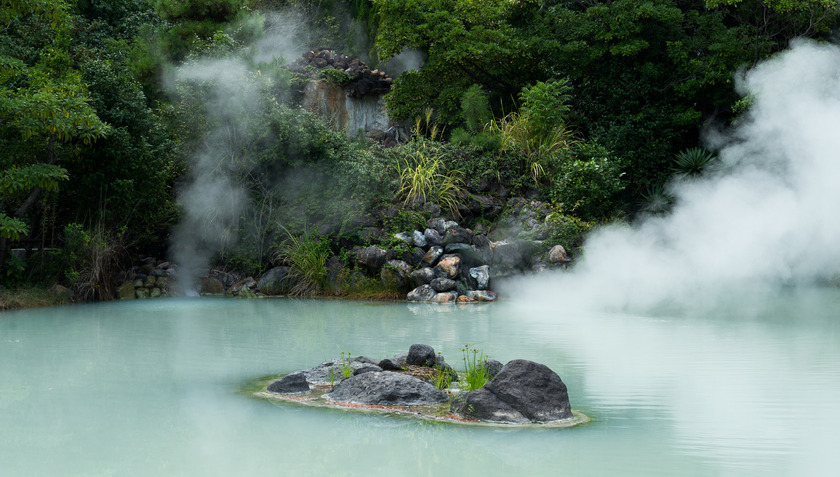
Originating as health-promoting mineral springs, Onsen have evolved into one of Japan's most popular tourist attractions, as well as having a huge influence on Japanese bathing culture.
Join the festival of lights
Visit the Nabana no Sato amusement park on Nagashima Island in Mie Prefecture and you will be able to see the dazzling Winter Illuminations. There are over 6 million colorful LED lights spread over an area of 26,400 square meters. The surrounding space is covered in light, as beautiful as a fairy world.

Cold winter days are warmed by golden light
The Sapporo Snow Festival, held in the first week of February, attracts more than 2 million visitors. You will be able to enjoy unique ice and snow sculptures, simulating famous architectural works and wonders of the world.

Enjoy winter cuisine
The Japanese are very fond of seasonal specialties and there are some things that can only be found during the coldest time of the year. As the temperature drops, eateries and restaurants start to include Oden on their menus. This is a traditional Japanese dish that has been around for over 800 years.

What's better than eating a bowl of hot noodles when the weather turns cold?
Oden usually has yam fish cake, grilled fish cake, Kamaboko fish cake, boiled duck egg, beef or pork, yam and many other tubers. Depending on the region, the ingredients may change. Dashi soup is the soul of Oden. Japanese people make Dashi soup from kelp and dried bonito flakes and season it with Japanese soy sauce, sweet wine and other necessary spices. Finally, they put all the ingredients in and simmer in this broth. Besides Oden, Nabe hot pot and hot sake are also great choices for a cold evening.





